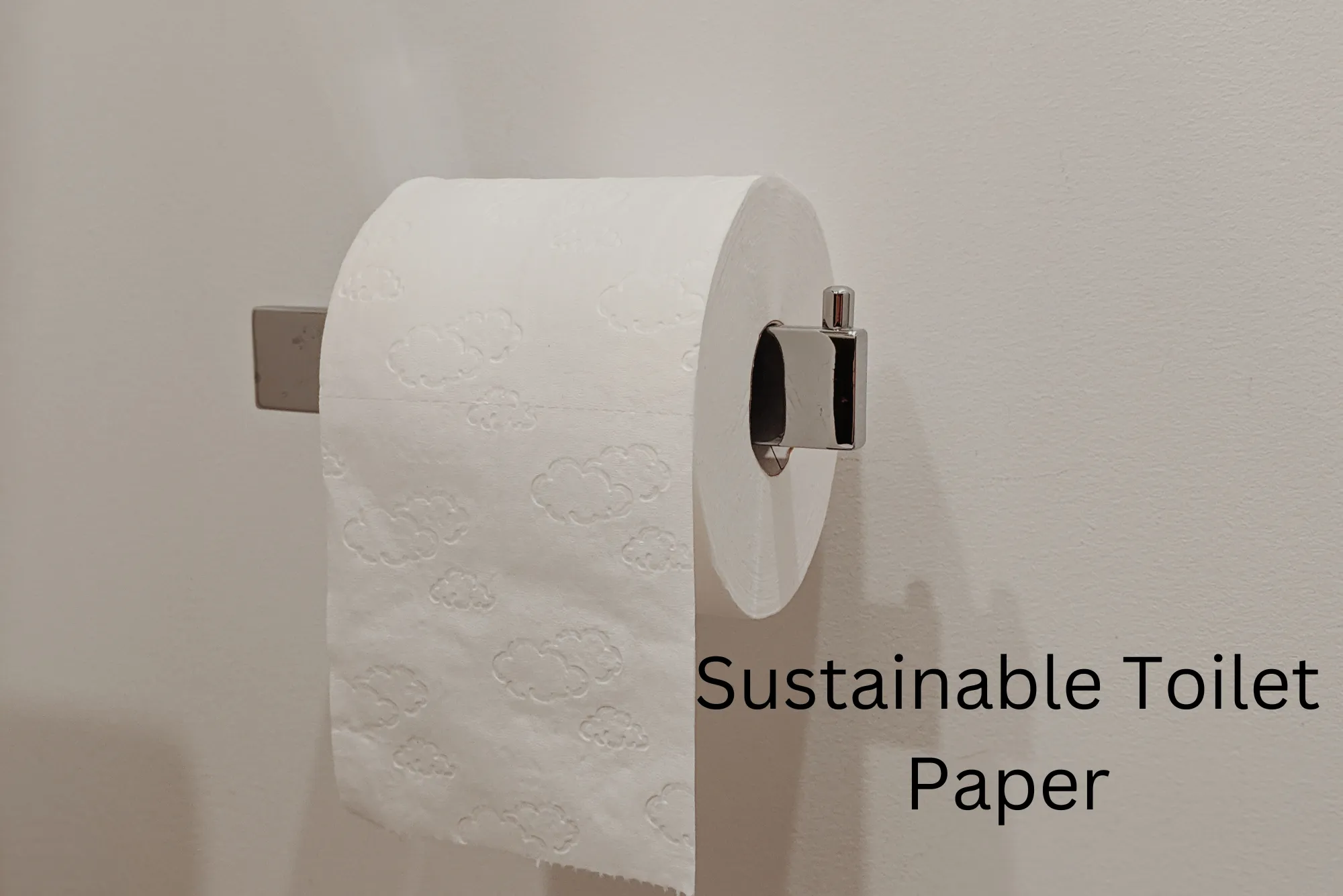In recent years, there has been a significant shift towards environmentally friendly products, and bamboo toilet paper is at the forefront of this movement. As consumers become more conscious of their ecological footprint, many are turning to sustainable toilet paper options. Bamboo toilet paper is praised not only for its environmental benefits but also for its performance. But how long does bamboo toilet paper last? This article explores the longevity of bamboo toilet paper, its benefits, and why it’s a compelling choice for those looking to make a positive impact on the planet.
Understanding Bamboo Toilet Paper
Bamboo toilet paper is made from bamboo fibers, which are derived from the fast-growing bamboo plant. Unlike traditional toilet paper, which often uses trees as its primary source, bamboo is a renewable resource that can be harvested without killing the plant. This makes bamboo a key player in the sustainable toilet paper market.
Bamboo grows incredibly fast, reaching maturity in about three to five years, compared to the decades it takes for trees to grow to a harvestable size. This rapid growth cycle allows for more sustainable harvesting practices, making it an eco-friendly alternative to conventional toilet paper.
The Longevity of Bamboo Toilet Paper
The longevity of bamboo toilet paper can be assessed in two ways: how long the rolls last in your household and how long the product remains effective and usable.
When stored properly, bamboo toilet paper typically has a shelf life similar to that of traditional toilet paper. It is important to keep the rolls in a dry and cool environment to prevent moisture absorption, which can lead to mold and degradation.
Typically, a standard roll of bamboo toilet paper has about 300 sheets, which is comparable to most regular toilet paper rolls. The actual duration each roll lasts will depend on various factors, including the number of people in the household and usage frequency.
- A household of one might use a roll of bamboo toilet paper within a week.
- A family of four may use the same roll within two to three days.
Environmental Impact and Benefits
Switching to bamboo toilet paper offers several environmental benefits.
Firstly, bamboo is biodegradable, meaning it breaks down naturally over time, contributing to zero waste toilet paper initiatives. In contrast, conventional toilet paper often contains additives and bleaches that hinder its biodegradability.
Secondly, bamboo cultivation requires less water and no pesticides compared to traditional tree farming. This minimizes the ecological impact on water sources and surrounding ecosystems. The environmental advantages of bamboo make it a smart choice for consumers seeking sustainable toilet paper options.
Comparison of Environmental Impact
To better understand the environmental benefits, here is a comparison table between traditional toilet paper and bamboo toilet paper:
| Feature | Traditional Toilet Paper | Bamboo Toilet Paper |
|---|---|---|
| Source | Trees | Bamboo |
| Growth Time | Decades | 3-5 years |
| Water Usage | High | Low |
| Chemical Use | High | Low/No chemicals |
| Biodegradability | Varies | Fully biodegradable |
| Renewable Resource | No | Yes |
This table highlights the benefits of switching to bamboo toilet paper, showcasing how it supports a more sustainable lifestyle.
Cost Considerations
One of the most frequently asked questions is whether bamboo toilet paper is more expensive than traditional options. The cost of bamboo toilet paper can vary depending on the brand and the retailer. While it may initially seem pricier, the long-term savings and environmental benefits often outweigh the initial expense. Additionally, many consumers find that the quality of bamboo toilet paper is superior to traditional options, offering a softer and more absorbent experience.

Consumer Experience
Many consumers who switch to bamboo toilet paper report positive experiences. It is often noted for being softer and more absorbent than conventional toilet paper. The experience of using bamboo toilet paper can enhance bathroom comfort while contributing to sustainability efforts.
Moreover, bamboo toilet paper comes in various brands and styles, including recycled and unbleached options, allowing consumers to choose products that align with their values.
Conclusion: Making the Switch
As the demand for environmentally friendly products continues to rise, bamboo toilet paper stands out as a leading option for those committed to reducing their ecological footprint. Understanding how long bamboo toilet paper lasts is crucial for consumers aiming to make informed choices.
By opting for sustainable toilet paper like bamboo, individuals can contribute to zero waste toilet paper initiatives while enjoying a high-quality product. The longevity of bamboo toilet paper, along with its environmental benefits and consumer satisfaction, makes it an excellent alternative to traditional toilet paper.
FAQs About Bamboo Toilet Paper
How should I store bamboo toilet paper to extend its life?
To prolong the shelf life of bamboo toilet paper, store it in a dry, cool place. Keep it away from moisture to prevent mold growth and degradation of the paper.
Is bamboo toilet paper septic safe?
Yes, bamboo toilet paper is septic safe and breaks down easily in water, making it a great choice for households with septic systems.
Can I compost bamboo toilet paper?
Absolutely! Bamboo toilet paper is fully biodegradable and can be composted. Just ensure that any additives or dyes are safe for composting.
Does bamboo toilet paper have a unique scent?
Bamboo toilet paper typically has no distinct scent, making it a neutral choice for those sensitive to fragrances.
Are there different types of bamboo toilet paper?
Yes, bamboo toilet paper comes in various forms, including two-ply, unbleached, and recycled options. Consumers can choose based on their preferences and needs.
By switching to bamboo toilet paper, you are not just enhancing your bathroom experience but also making a significant contribution to environmental sustainability.




